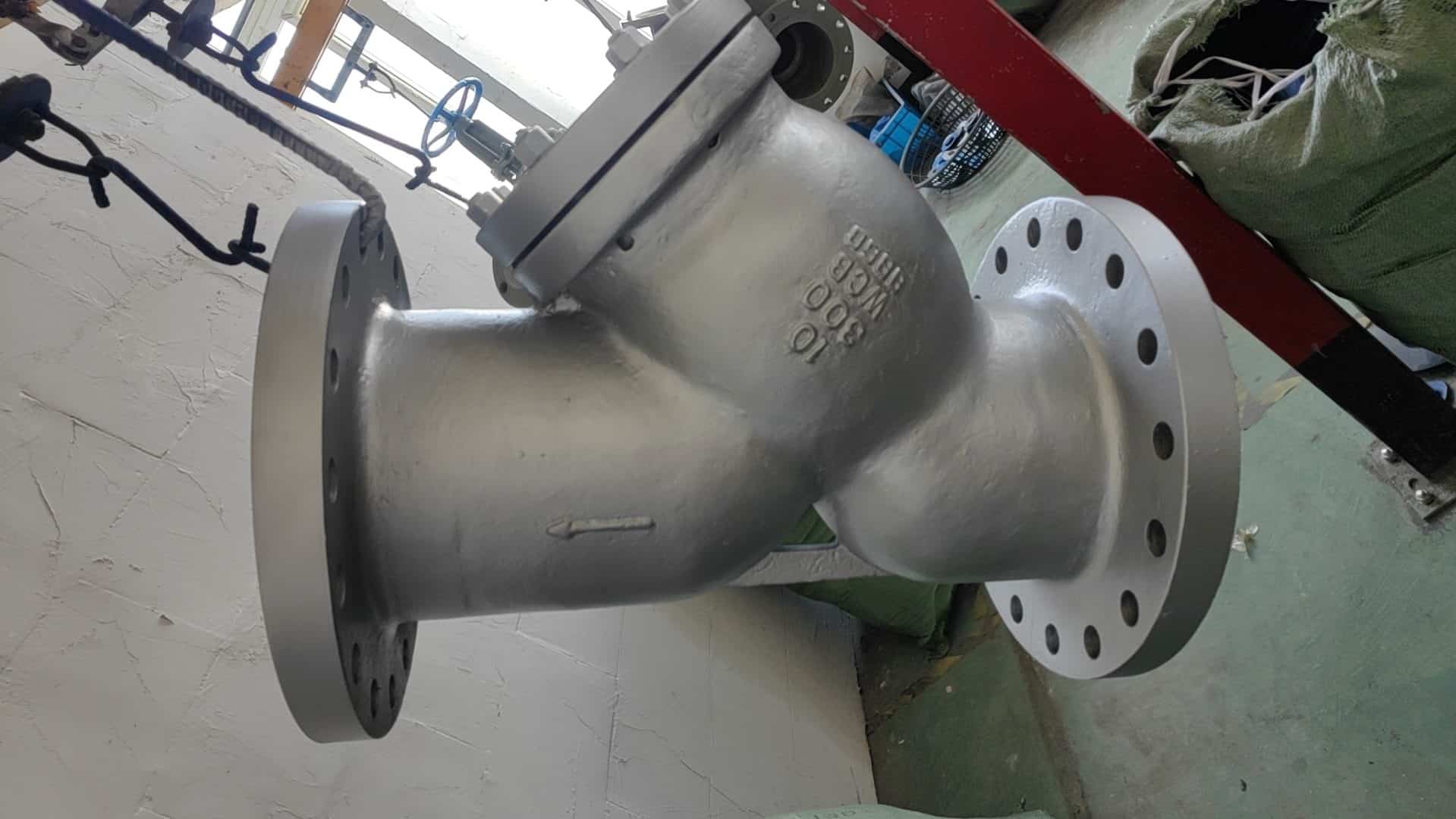Introduction to Check Valves
 secureluokai
secureluokai
 September 27, 2025
September 27, 2025

A check valve is a type of valve that automatically opens and closes relying on the pressure of the fluid itself. Its core function is to accurately prevent the backflow of the medium in the pipeline, ensuring the fluid system operates stably in the preset direction. It is widely used in industries such as industry, water conservancy, and heating, ventilation, and air conditioning (HVAC), and is also commonly known as a non-return valve, one-way valve, or single-flow valve.
Based on structural differences, check valves are mainly divided into two major categories: lift check valves and swing check valves, each with distinct working methods and applicable scenarios:
Lift check valves: The valve disc moves up and down along the vertical centerline of the valve body to open and close the valve. According to the direction of the applicable pipeline, they can be further divided into two types:
Horizontal lift check valves: Similar in appearance to globe valves, they are suitable for horizontally installed pipelines and can effectively prevent medium backflow in the horizontal flow direction.
Vertical lift check valves: Specifically designed for vertical pipelines, they can work stably in the vertical flow direction to ensure the medium flows only in a single direction.
Swing check valves: The valve disc rotates around a pin outside the valve seat, and the opening and closing of the valve are controlled by the change in the rotation angle. According to the number of valve discs, they can be divided into single-disc, double-disc, and multi-disc swing check valves. Although the number of valve discs varies, all follow the same working principle: the medium pushes the valve disc open in the forward direction, and the reverse pressure causes the valve disc to close. They are suitable for large-diameter pipelines or scenarios where the medium flow fluctuates significantly.



